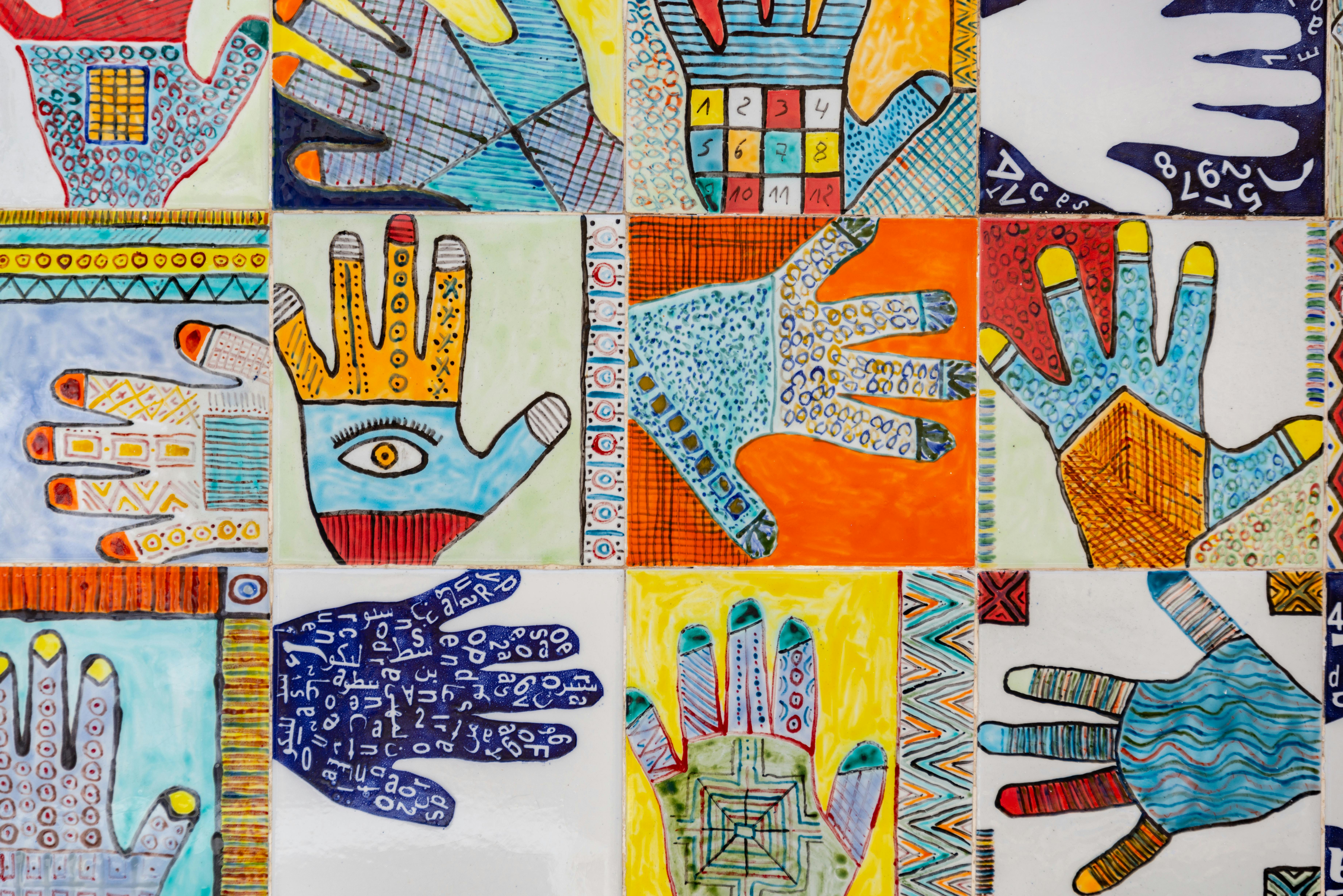
Apply Now


Essential Guide to Creating a Container in Little Alchemy 2
Creating containers in Little Alchemy 2 is an exciting way to enhance your gameplay by exploring various practical methods to combine elements and make functional items. Containers are essential in this game as they serve as storage identifiers for liquids, solids, and other organized material. Understanding how to create different containers can significantly improve your gameplay experience. In this guide, we will explore the fascinating world of items you can form, including jars, bottles, boxes, and more. Each container not only serves a unique purpose but also adds depth to your collection of items. By mastering the creation of various containers, you'll unlock new combinations, enhance your organization skills, and streamline the way you store and interact with elements in Little Alchemy 2. Let's dive into the different kinds of containers you can create and the corresponding methods to achieve them. Herein, we’ll provide a comprehensive overview of the practical steps you can take to enhance your Little Alchemy 2 experience.How to Combine Elements for a Container
To successfully create containers in Little Alchemy 2, you need to understand the foundational elements that can be combined to yield an item. Each container differs based on its materials—be it plastic, metal, glass, or wood—which influences its capabilities in holding or storing items.Understanding the Basic Components
Creating containers starts with identifying the elemental components available in Little Alchemy 2. The two primary elements often used are solids and liquids. Here, you may combine a liquid element with various solids to form different containers. Examples of basic components include: - **Water**: When mixed with solid items like **glass**, it can yield a **bottle**. - **Earth**: This solid creates containers like **jars** when combined with organic materials. Understanding these base materials will enhance your ability to combine elements efficiently.Combining Elements for Functional Containers
Now that we understand the basics, let's explore some effective combinations. For instance, combining different types of solids with liquids can create unique containers, each with distinct characteristics such as sturdiness or portability. - **Glass + Water**: Creates a **bottle**, perfect for storing liquids. - **Plastic + Solid Material**: This combination often results in a **bowl**, ideal for holding smaller items. - **Wood + Tool**: Create a **box**, a sturdy container used for storage. With these examples, you can begin to visualize the applications of each combination within your game.The Role of Material in Container Creation
The material plays a vital role in defining a container’s properties in Little Alchemy 2. Understanding the characteristics associated with each material can help players optimize their storage strategy. - **Glass**: Known for its aesthetic appeal, glass containers typically allow you to visualize their contents. - **Plastic**: Lightweight and durable, plastic containers are ideal for practical use, such as crafting boxes or bins. - **Wood**: Typically used to create sturdy boxes, wooden containers add a touch of natural elegance to the storage options. Knowing these qualities will allow players to make strategic decisions on which materials to combine for their container creations.Exploring Different Types of Containers
With a grasp of the foundational components, it’s essential to dive deeper into the different types of containers you can create in Little Alchemy 2. Each container has a primary use and characteristic that enhances the game’s organizational aspect.Creating Versatile Storage Options
In Little Alchemy 2, versatility in storage is crucial for efficient gameplay. Let’s look into specific types of containers you can make. - **Jars**: Create jars by combining elements that emphasize the storage of organic materials. A **jar** can help store items like foods or liquids. - **Caddy**: Use a **jar** and combine it with a tool. The resulting item is functional for carrying smaller items. - **Crates**: Combining **wood** and **box** can produce a **crate**, ideal for large bulk storage. These versatile storage solutions make managing your collection easier, allowing you to focus on progressing in the game.Specialized Containers for Specific Needs
Not every container is made equally, and some serve specialized purposes. Understanding the attributes of these specialized containers allows for a more strategic approach in your gameplay. - **Tanks** are ideal for larger quantities of liquids, created by combining a **barrel** and both solid and liquid elements. - **Flasks** serve for storing smaller liquid quantities, derived from the combination of **glass** and a related tool. These specialized containers not only enhance your inventory management but also expand the interactive scope within the game.Decorative and Functional Containers
Creating decorative yet functional containers can add an appealing aspect to your gameplay. **Ceramic** containers are often used for aesthetic appeal and can be achieved by combining natural elements and liquids. - **Bowl**: Create a decorative bowl by combining **glass** and **water**. This container serves both a functional and an aesthetic purpose. - **Vases** can be created through combinations of **ceramics** and organic materials, perfect for displaying items. These decorative containers can improve not only your gameplay but also enhance your enjoyment while playing Little Alchemy 2.Tips for Successful Container Creation
Creating containers in Little Alchemy 2 requires strategy and experimentation. Here are some helpful tips to optimize your container crafting experience.Experiment with Different Combinations
Don’t hesitate to try various combinations of basic elements to discover new containers. Each new creation can lead to more opportunities for storage and interactions in your gameplay.Understanding Your Inventory Needs
Pay attention to the containers created and assess whether they fulfill your current inventory needs. Regularly reassess your strategies to adapt based on the elements available to you.Utilize Resources Wisely
Making mindful decisions about which containers to create can help you maintain an organized inventory. Consider the materials and their properties to form the most efficient storage solutions possible.Container Crafting Q&A Section
What are the most commonly used materials for containers in Little Alchemy 2?
The primary materials include glass, plastic, wood, and metal. Each material offers unique functions and benefits in gameplay.How do I know which container to create first?
Start with basic needs for your gameplay—commonly, a bottle or jar can be an excellent starting point for storing liquids or food items.Are there any eco-friendly options for containers in Little Alchemy 2?
Currently, the game highlights traditional materials like glass or wood, which can be considered more eco-friendly compared to synthetic materials.Can I create a multi-use container?
Yes! By combining elements of different functions, you can create versatile containers. For example, a **box** can be repurposed for various items, making it a good multi-use storage solution.Will I encounter any challenges while creating containers?
Challenges may arise when trying to identify specific combinations or maintaining an organized inventory. Experimentation and resource management are key!
